 General Information
General InformationGreen Roofs
Systems
Drainage Plates
Granular Drainage
Drainage Mats
Drain Boxes
Drainage Channels
Aluminum Edge
Slope Stabilization
Components
Projects
Documents
Rainwater Harvesting
Ponds and Wetlands
Energy-Efficient Building
Waterproofing

SYSTEMS WITH DRAINAGE MATS
DESCRIPTION: Green roof systems of this type are drained by a multi-layer fabric mat called a “drainage mat” that combines soil separation, drainage, and protection functions. Compared with green roofs systems using drainage plates or granular drainage, this system is the fastest to install and creates the thinnest and lightest green roof assembly. However, its water storage and drainage capacity is limited, so it is primarily used for sloped roofs not suitable for Drainage Type P or Type G.
APPLICATION: Drainage mats are only recommended for roofs with slopes greater than 1:12. For this reason, they are frequently used for residential green roofs.
 drainage mat |
 drainage mat ribs |
COMPONENTS: A synthetic protection/water-storage fabric weighing 500 g/m2 (15 oz/yd2) is applied around the perimeter of the roof over the waterproofing or root-barrier membrane. Drainage mat is laid over the protection fabric and the remainder of the roof with the ribbed drainage channels following the roof slope. Finally, soil is spread over the drainage mat. See the following pages for installation details.
If the roof slope exceeds 2:12, a mechanical slope stabilization product is installed over the drainage mat. If the roof slope exceeds 3:12, the drainage mat should be mechanically fastened at the high end of the roof.
 |
 |
|
system designation |
M1 | M2 |
typical plants |
sedum herbs |
sedum |
| extensive soil mix | 3" | 5" |
| drainage mat | 3/8" | 3/8" |
| drainage plate | - | - |
| protection fabric | * | * |
| nominal thickness | 3" | 5" |
| dry weight | 13 lbs/ft2 | 21 lbs/ft2 |
| saturated weight | 20 lbs/ft2 | 32 lbs/ft2 |
| minimum slope | 1:12 | 1:12 |
| maximum slope | 8:12 | 8:12 |
| water retention | 50% | 60% |
| * protection fabric used at edges only | ||
INSTALLATION PROCEDURE: The following illustrations describe the basic installation procedure. We often customize the procedure for each roof.
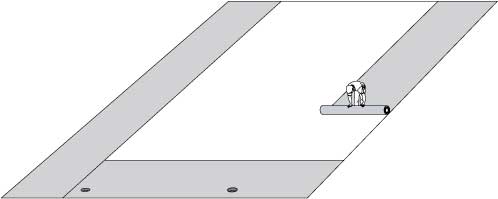
1. If the primary roof waterproofing is not root resistant, first apply a root barrier membrane. Then unroll a protection mat around the roof perimeter and cut openings for roof drains. Although Optigreen Standard Protection Mat is suitable for the sides and top of the roof, Optigreen Capillary Protection Mat is preferred for the base of the roof to prevent water accumulation.
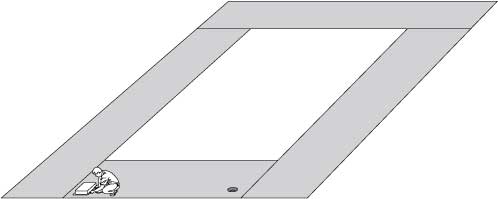
2. Position Optigreen Drain Access Boxes over roof drains. On sloped roofs that use scuppers instead of roof drains, Drain Access Boxes are not required.

3. Optigreen Retaining Edge should be installed approximately 30” from roof edges with roof drains and 18” from other edges. If there will be a gravel perimeter, the retaining edge will separate the soil and gravel and does not need to be attached. If there will be no gravel perimeter, the retaining edge must be attached to the waterproofing membrane or the protection fabric If there will be no gravel perimeter, the Retaining Edge should be attached to the waterproofing membrane or the protection fabric so it will stay in place.
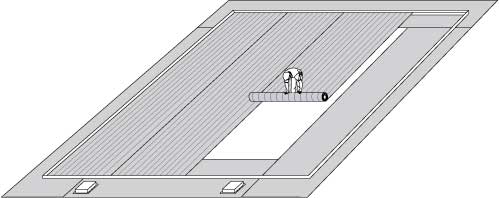
4. Unroll Optigreen Drainage Mat, overlapping adjacent sheets at least six inches. This mat combines the functions of protection, water storage, and drainage in one product.
5. Spread well-washed gravel screened to 3/8” minimum particle size. If feasible, the gravel should be dispensed from supersacks suspended from cranes to minimize the potential for damage.
6. Spread Optigreen Extensive Greenroof Growing Media at a minimum rate of one cubic yard per 100 square feet (3”). Where possible, the media should be dispensed from supersacks suspended from cranes to minimize the potential for damage.
7. Insert green roof plants in a random pattern, two per square foot. Water thoroughly after installation, and during extended dry periods for the first two years. Broadcast Optigreen Slow Release Fertilizer yearly on extensive roofs.